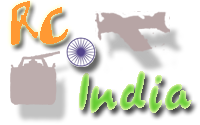- Welcome to RC India.
The name is Juliet and she is a carving champion From “Siser” the ideal plotter
Started by sandro.cacciola.redwings, February 07, 2024, 07:26:36 PM
Previous topic - Next topic0 Members and 1 Guest are viewing this topic.
User actions
